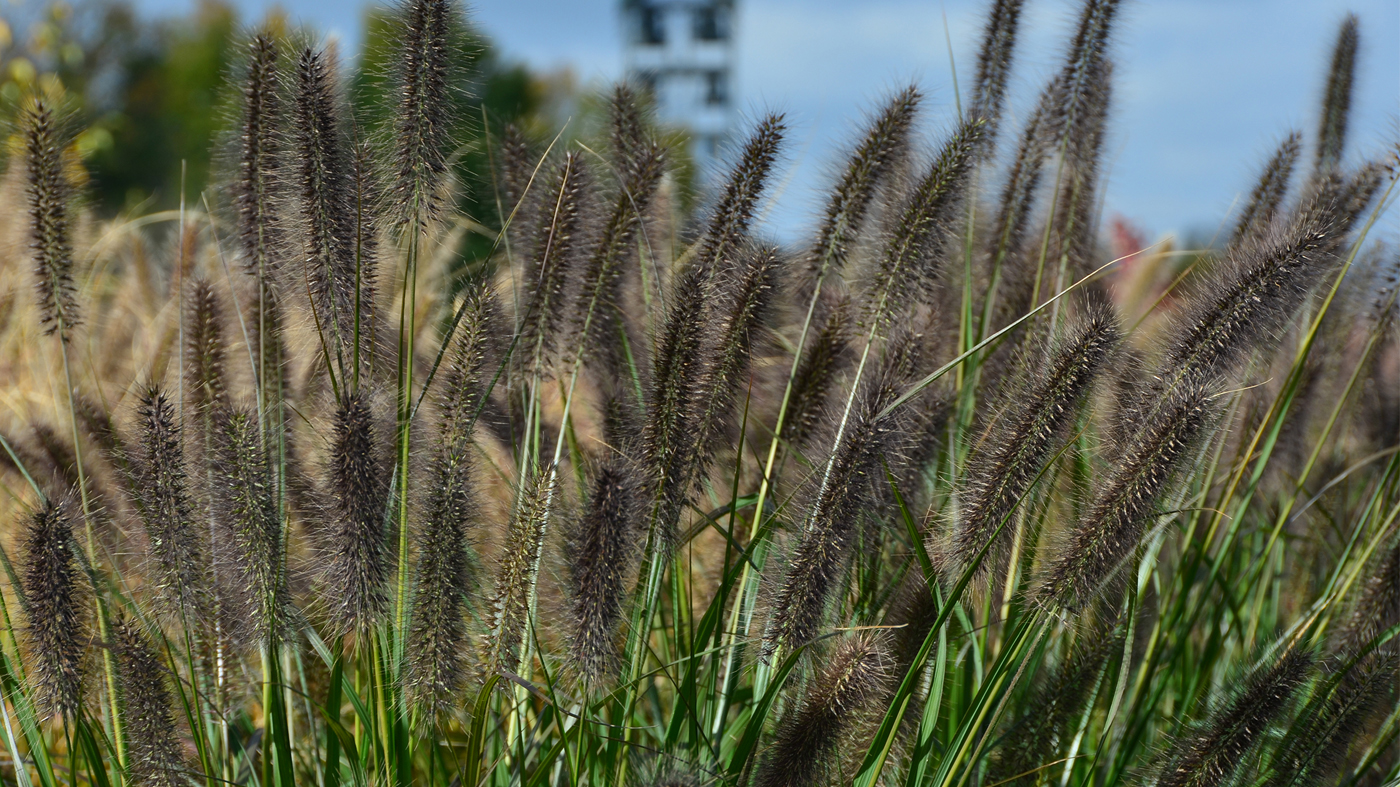

Plant Profiles
Grasses, Ornamental

The autumn garden is full of late-season color: bold dahlias and asters, pastel Japanese anemones, dusky chrysanthemums, and sunny goldenrods. But there is another group of plants flowering at this time, although the "blossoms" are not quite what you might expect. Ornamental grasses are in their full glory during the golden days of fall.
All summer, these warm-season grasses have produced foliage...and more foliage. Some feature delicate arching sprays; others form clumps, filling in the holes where spring bulbs or early perennials once bloomed. The tall, more upright forms take on the silhouettes of specimen plants and occupy spaces where small shrubs or trees might be at home. And the low-growing, mounding varieties manage to play off their neighboring annuals, perennials, or even dwarf conifers with contrasting texture and color. Ornamental grasses are some of the most versatile plants in the garden, offering fine lines with feathery flowers.
The range of distinctive foliage includes blue, chartreuse, burgundy, gold, green with white stripes, and even black. Ornamental grasses are adaptable enough to thrive in a wide variety of sites. Although most prefer full sun and fertile, well-drained soil, there are grasses for shade, wet soil, pond and stream banks, slopes, or sandy soils. But which ones are the best? Which ones can stand up to cold, snow, wet springs, and clay soils — and still come back strong? Which ones will hold their tawny color and flower plumes throughout winter without breaking form and shattering seedheads? And, most importantly, which ones will prove not to be invasive thugs by setting thousands of seeds and threatening our natural landscapes?
reliably performed Selection of Chicago area grasses:
Annual fountain grass (Pennisetum setaceum)
The arching green foliage forms large mounds and sends up pink bottlebrush flower heads. It is not hardy but is a good choice for containers or massed in annual beds. 'Rubrum' is an outstanding 4-foot, burgundy-foliaged cultivar.









